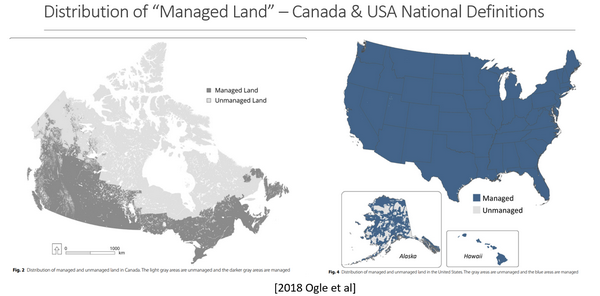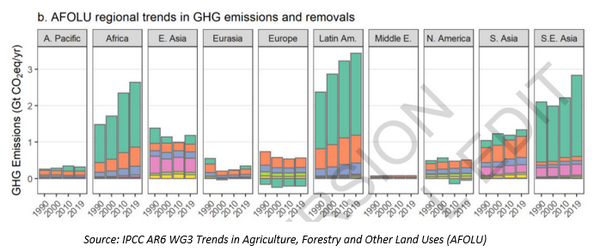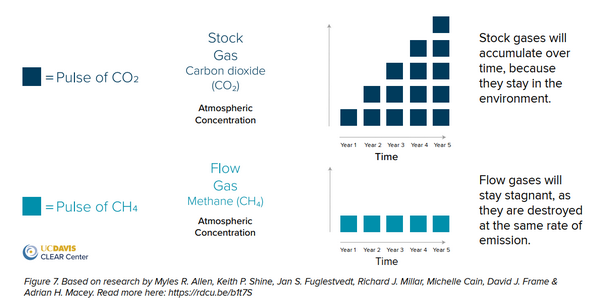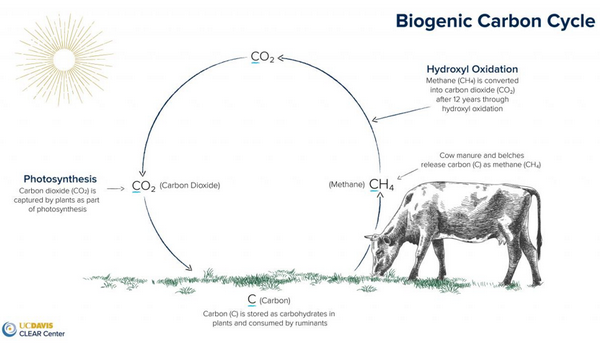The Lanigan Group

Better Understanding North American Agriculture
Agriculture's role in climate change has been obscured by false, pre-conceived assumptions that do not withstand factual examination:
- The IPCC Managed Lands designation is not well known outside of a small circle of climate scientists and those who prepare the UNCC national inventory reports on GHG.
Many people who understand the methodology behind carbon credits, falsely assume that additionality is a requirement for anthropogenic carbon removal on farms. I.E. existing trees have no value.
This is absolutely not true. Existing trees must be valued if we are to reverse negative land use change. This is one of the reasons why the IPCC introduced the concept of Managed Land over a decade ago.
Within Managed Lands, natural removal of CO2 is considered to be anthropogenic removal because the land is managed in such a way as to allow natural sequestration to occur.
- There is a false, widespread, assumption that the global trends that drive agricultural emissions apply everywhere because the resulting global warming effect applies everywhere.
This is also factually incorrect. The drivers of land use change globally vary greatly by region and are completely different in Canada and the USA as compared to Brazil, Africa, China, etc.
Less than 3% of deforestation in Canada is due to agriculture. Further, although pastureland is increasing globally, it has been steadily falling in Canada and the USA for over a decade.
Livestock does NOT drive deforestation in Canada.
- Methane emissions from are misunderstood because they behave differently than CO2 in their impact on global warming.
Research at Oxford University and peer-reviewed by the Royal College of Science, shows that methane is a flow gas that breaks down over 12 years and does not compound to increase global warming in the same way that stock gasses such as CO2 do. In fact a reduction in methane can result in global cooling, while a reduction in CO2 just mitigates warming at the current level.
- Methane emissions from enteric fermentation is misunderstood because it is part of a biogenic carbon cycle.
I.E. farmers grow feed (sequestering CO2), ruminant livestock eat it, ferment the feed and belch emissions. The total carbon produced cannot exceed the carbon in the food eaten. Our analysis reveals that, even accountng for all livestock-related emissions, ruminants sequester more carbon than they emit.
- One of the reasons why livestock is not understood as a natural mechanism for carbon capture and storage is that few scientists have studied the fate of carbon sequestered in the harvested yield of crops. The common assumption being that the carbon sequestered in harvested crops is rapidly emitted when consumed by livestock or humans.
Our analysis proves that this is not the case, at least not for livestock.
You can download further details in the full report or return to the overview of the 4-part series.



